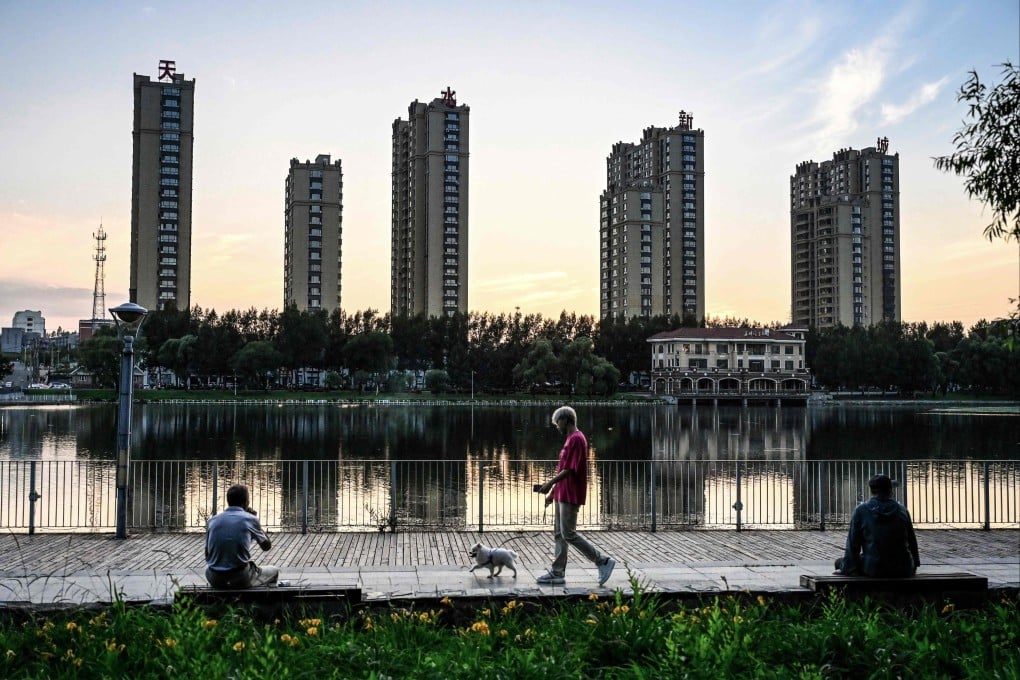Advertisement
The View | China must not panic over deflation and reinflate a bubble
- China’s current challenges are the result of misallocation of resources in its boom years; the troubles in the property sector are a symptom of this, not the cause
- Competition and productivity are the main forces behind today’s deflationary pressure, and this is a positive development
Reading Time:4 minutes
Why you can trust SCMP
22

Market-driven restructuring is driving China’s deflation. It leads to more efficient allocation of resources and greater purchasing power for consumers. If China can resist the reflationary pressure from those who lose out due to the deflation of property and financial bubbles, a healthier and more sustainable growth cycle is coming, which will turn China into a high-income country.
Advertisement
In 1997, I predicted deflation coming to China, after assessing the impact of the massive devaluation of its neighbours’ currencies. Economists usually prescribe monetary expansion, fiscal stimulus and currency depreciation when facing deflation. I thought the same then.
Chinese premier Zhu Rongji judged that, if China devalued its currency, it would trigger more devaluation by its neighbours, prolonging the damaging chaos in the region. China’s wage was so low, it was felt that the country had plenty of opportunities to improve competitiveness by becoming more efficient. With the benefit of hindsight, aren’t we glad that China wasn’t run by economists?
Misallocation of resources during China’s boom years is the cause of today’s challenges. A vast property bubble hijacked the country’s macroeconomic policy.
As it threatened to take down the country with it, policymakers danced around it again and again through multiple cycles of tightening and loosening. Speculators concluded from this policy pattern that the government would never let the bubble burst, which supercharged it in every upturn.
Advertisement
The monetary policy that supported the property bubble led to other bubbles. Shadow banking surged to 100 per cent of gross domestic product at its peak. It seemed that everyone was starting a venture capital or private equity fund with billions invested.

Advertisement
